Challenge
The direction of tidal flow regularly changes. The same phenomenon occurs in an oscillating water column when combined with an air chamber. In this case, the air is pressed out by the rising water level and sucked back in again by the falling water level. The Wells turbine keeps its direction of rotation even when the incoming flow constantly changes direction. However, symmetrical radial rotor blades cannot be adapted to different rotational speeds and are therefore ineffective. Can a turbine be designed for bidirectional flow that avoids any disadvantageous side effects?
Invention
The RES-Biturbine has a ring-shaped rotor blade positioned symmetrically to its plane of rotation. Any elements that cause resistance within this rotor circle deflect the flow either towards or away from the axis of rotation. At each point on the rotor blade, the incoming flow, which is the sum of the flow and rotation speeds, impacts the blade at a conical angle of incidence, causing rotation.
Advantages
- A simple and sturdy design for a tidal power plant
- Highly effective thanks to the ring-shaped rotor blade
- Leeward pressure is relieved by the resulting force of the upstream thrust
Applications
- Air turbines for wave power plants
- Underwater turbines for tidal power plants
